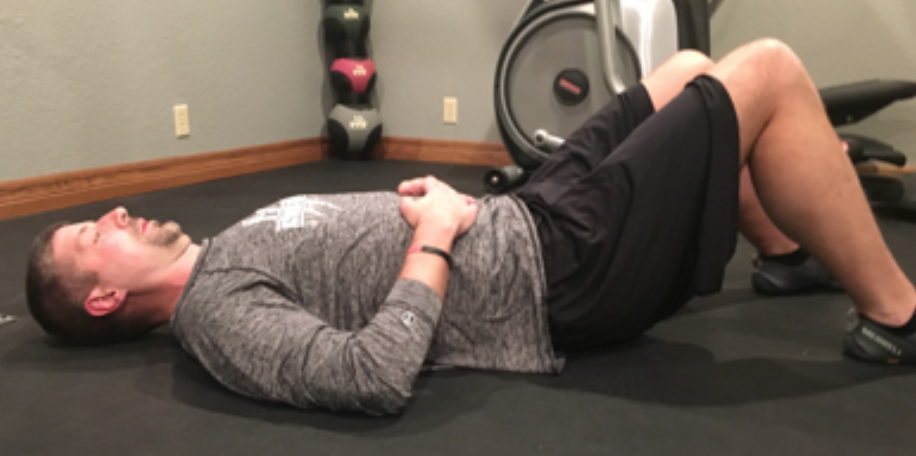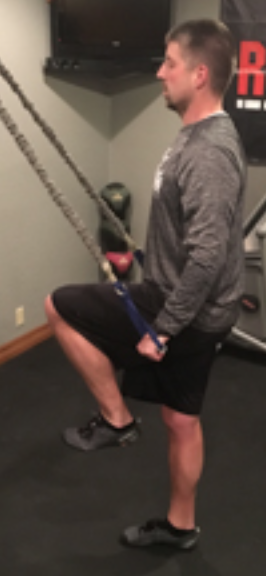by Mitch Hauschildt, MA, ATC, CSCS
I often get asked about my favorite exercises for training certain body parts or regions. A lot of times I am resistant to the conversation because there are so many variables for patients and clients that are hard to account for without seeing them personally and I worry that things can get misunderstood or utilized incorrectly. After all, I tell people all the time that my answer to most clinical questions is “it depends”, because the human body is very complicated, so a lot of questions are hard to answer.
With all of that being said, I do think that there can be a lot of good that comes from listing out specific movements or exercises, so I’m going to give it a shot. This week we are going to look at 5 of my favorite trunk stabilization exercises.
Prior to looking at them, I do think that it is worth mentioning that I don’t perform much core “strengthening”. I do a lot of timing and sequencing work, but rarely any core strength work. That might sound like semantics, but there is a difference.
If you walk into my facility, your core is strong enough. You don’t need to be stronger. You may need better timing and sequencing, but you don’t need strength. You proved to me that you are strong enough to move throughout space by simply walking in.
So, all of these movements are going to address timing and sequencing in some form or fashion to help promote trunk stability and proper movement patterns.

Diaphragmatic Breathing – Many people will question as to whether or not this is an “exercise”. Understand that if you don’t possess the ability to control your diaphragm, the odds of you having true inner unit trunk stability and control are very small. Further, there is a ton of neurological activity that happens in the abdomen, so the diaphragm becomes the neurological driver for a lot of lower body exercises. And, of course there is a lot of impact on the sympathetic nervous system, pain control and on and on with breathing.

Core Engaged March – This is a true timing and sequencing exercise. by pulling the arms down against resistance, the trunk stabilizers have to turn on. So, by doing that and then moving the lower body, you are telling the brain to turn the stabilizers on first and off last, which is the way we are designed to move (but few of us actually do).
Pallof Press – This is my favorite transverse plane exercise. We always want to teach people to resist bad rotation before we create good rotation. The Pallof Press is a great way to teach resisted rotation. It’s also very simple to perform. Simply pick the proper postural position and press the hands in and out, resisting rotation.
Halo – Another simple and effective exercise is the Halo. Much like the Pallof Press, the Halo can be performed in a variety of postural positions and challenges the trunk stabilizers in a variety of planes. Perform it by simply moving a load (kettlebell, dumbbell, sandbag, etc) around the head, making a large circle. I always tell people to make sure that they move the load around their head and not their head around the load.

Multisegmental Rolling – It is no secret that I really like rolling. It is simple, effective, rotational movement that is part of the neuro developmental sequence. We were all supposed to roll as infants, but many of us either didn’t do it well when we were young or we forgot how to do it all together. If we don’t revisit this task from time to time, we will struggle to move efficiently. I also love it because you can’t fake or muscle your way through it. It is a low threshold movement strategy, much like most of the movements we do every day.
All of these movements are go to exercises for pretty much all of my patients and clients, regardless of their level or injury. Mix them in often for improving overall movement patterns.


Leave a Reply